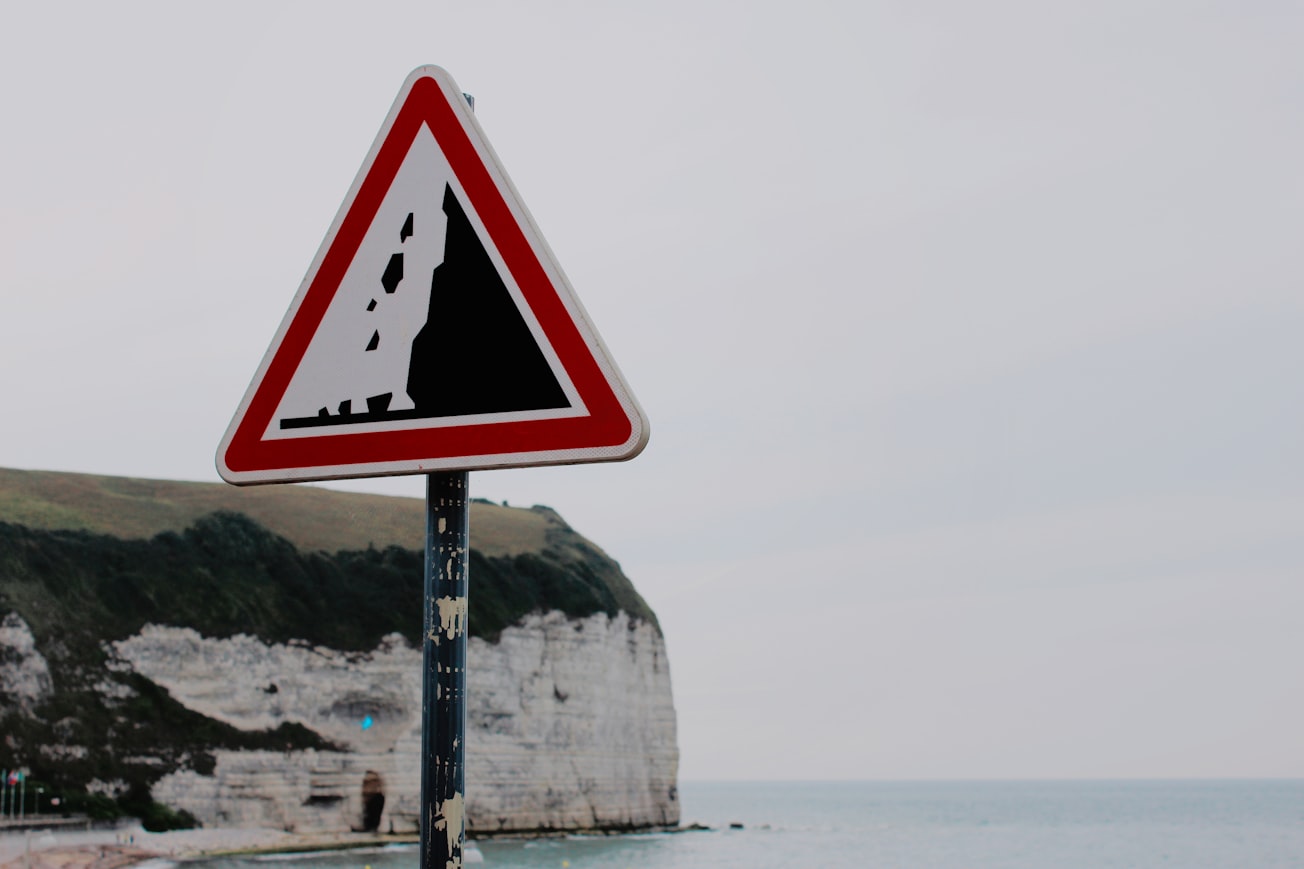What is it about?
Rockfalls represent a major source of hazard in mountain areas, being the cause of rapid landslides. Fortunately, it is possible to predict collapses by detecting the acoustic emissions generated from internal cracks in rocks. In this work, we propose two different sensors for detecting the precursory acoustic emissions in rockfall events. Both sensors are based on interferometric schemes, with the first one consisting of a fiber coil used as a sensing element and the second one exploiting a micro-machined cantilever carved on the top of the ferrule.
Featured Image

Photo by Fleur on Unsplash
Why is it important?
The application of traditional AE sensors, such as accelerometers and piezoelectric transducers, finds serious practical limitations due to the faintness of these AEs and the hostility of typical mountain environment (with severe temperature, frequent lightning and ice storms, heavy rains and arduous access). With this respect, FOSs may fill the gap, providing a reliable solution and potentially offering the following features: more robustness to electromagnetic interference, smaller form factor, multiplexing capability, longer distance range (which leads to the easiness of installation), higher sensitivity.
Perspectives
This work summarizes a three-year activity that brings me to move from optical fiber characterization to optical fiber sensing, which represent my current main research topic. It was also a multidisciplinary and international effort, whose results were also mentioned in the research highlight section of Nature.
Dr Luca Schenato
National Research Council Italy
Read the Original
This page is a summary of: Fiber optic sensors for precursory acoustic signals detection in rockfall events, Journal of the European Optical Society Rapid Publications, November 2012, European Optical Society,
DOI: 10.2971/jeos.2012.12048.
You can read the full text:
Resources
Rock-fall warning
Research Highlights covering the article. Horiuchi, N. Rock-fall warning. Nature Photon 7, 167 (2013). https://doi.org/10.1038/nphoton.2013.55
Fiber coil sensor photo
A photo of the fiber coil sensor
A photo of the resonant-ferrule top cantilever sensor
A photo of the resonant-ferrule top cantilever sensor
Fiber coil sensor interferometric scheme
A heterodyne-detection interferometric scheme for the fiber coil sensor.
Ferrule-top-cantilever sensor interrogation scheme
The interferometric scheme to interrogate the ferrule top cantilever sensor.
Contributors
The following have contributed to this page







